
Andrew Spink
Andrew is the program chair of the Measuring Behavior conference series and as such has built up considerable expertise in a wide variety of aspects related to methodology in the behavioral sciences. His own research was in ecology, but he has worked in various functions at Noldus since 1999, currently writing grant applications together with partners for collaborative research projects in which Noldus can further develop its innovative solutions.

Replacing rodents with insects in behavioral testing
In this blog we delve into the use of flies as a new perspective for behavioral testing. How do they compare to rodents? And can conventional rodent tests be adapted to insects?
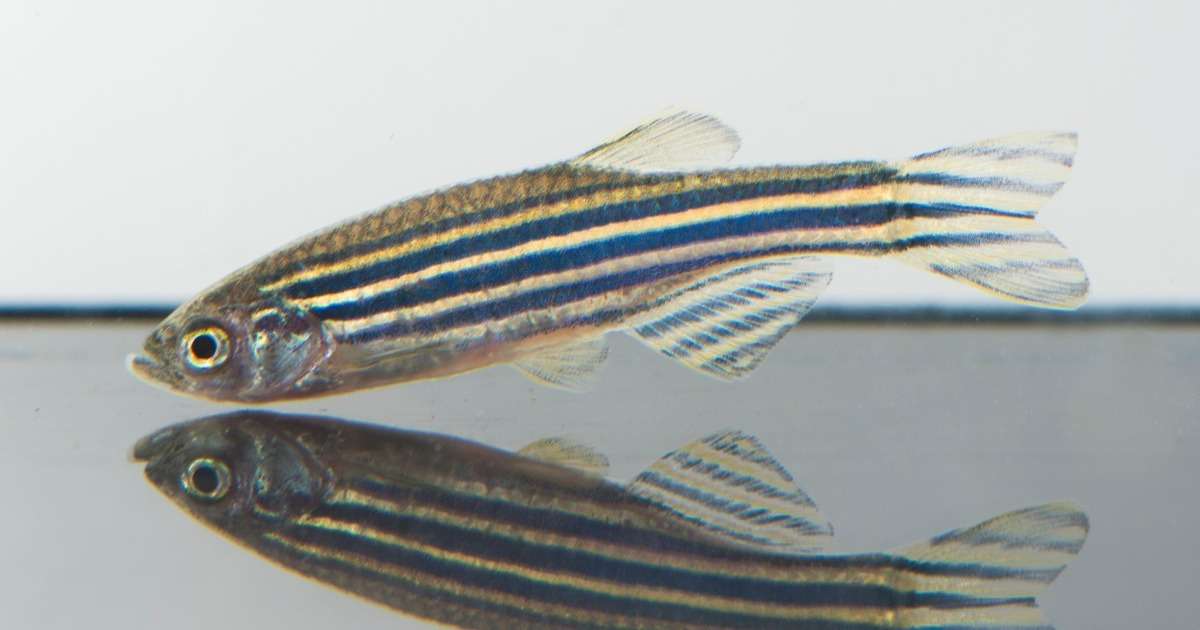
Diving deeper: Obesity and Anxiety, a scientific perspective
It seems that there is a relationship between poor mental health and obesity. But the exact reasoning is far from clear. Animal experiments can shed light on the situation
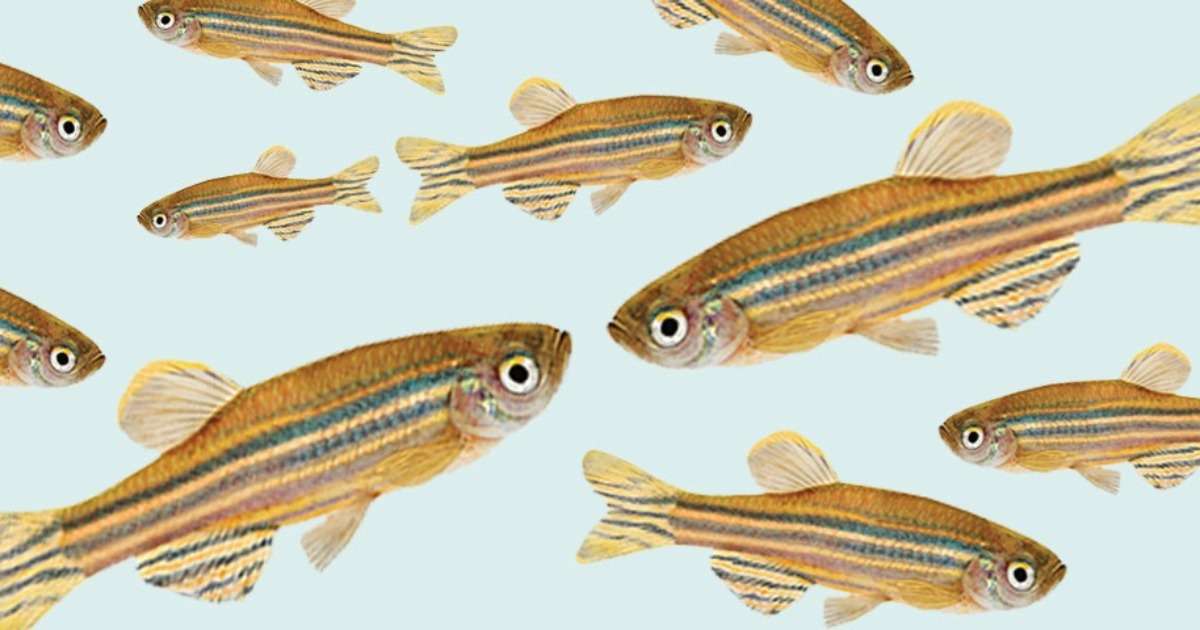
Are fish empathic?
Ever wondered if fish can be empathetic towards each other? Find out in this blog how oxytocin plays a role in fish behavior!
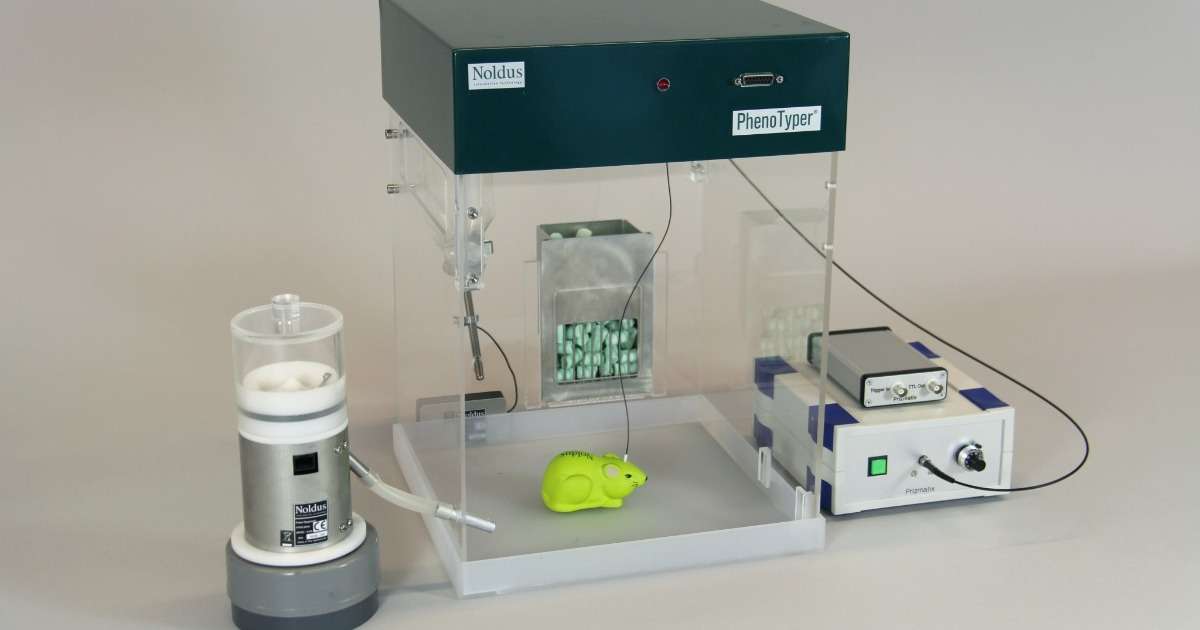
The challenges of measuring epilepsy in rodents
EEG on freely moving rats? It's possible in the PhenoTyper. This was necessary to measure if delivering drugs directly to the brain could help epilepsy patients.

What is the connection between depression and rheumatoid arthritis?
Is depression in patients with rheumatoid arthritis caused only by the pain, or is something else also going on?
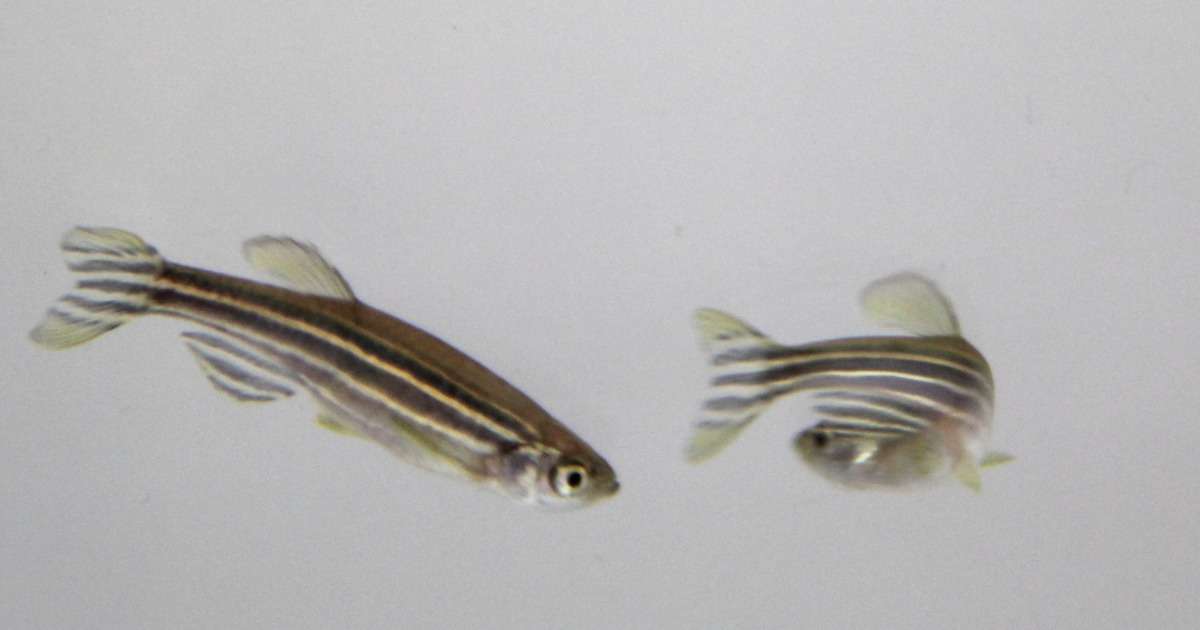
Zebrafish behaviors shows true effect of chemicals on aquatic animals
Modern industrial processes, agricultural practices and domestic waste result in all sorts of chemicals getting into our waters. CPC is widely used. How does it affect the fish?

5 tips to help behavioral researchers comply with privacy legislation
Privacy legislation can mean extra concerns for behavioral researchers, but these tips make your life easier

New method for early detection of Alzheimer's disease
The color x-maze can be used to pick up symptoms of Alzheimer's disease in AD-mice months before traditional cognitive tests.
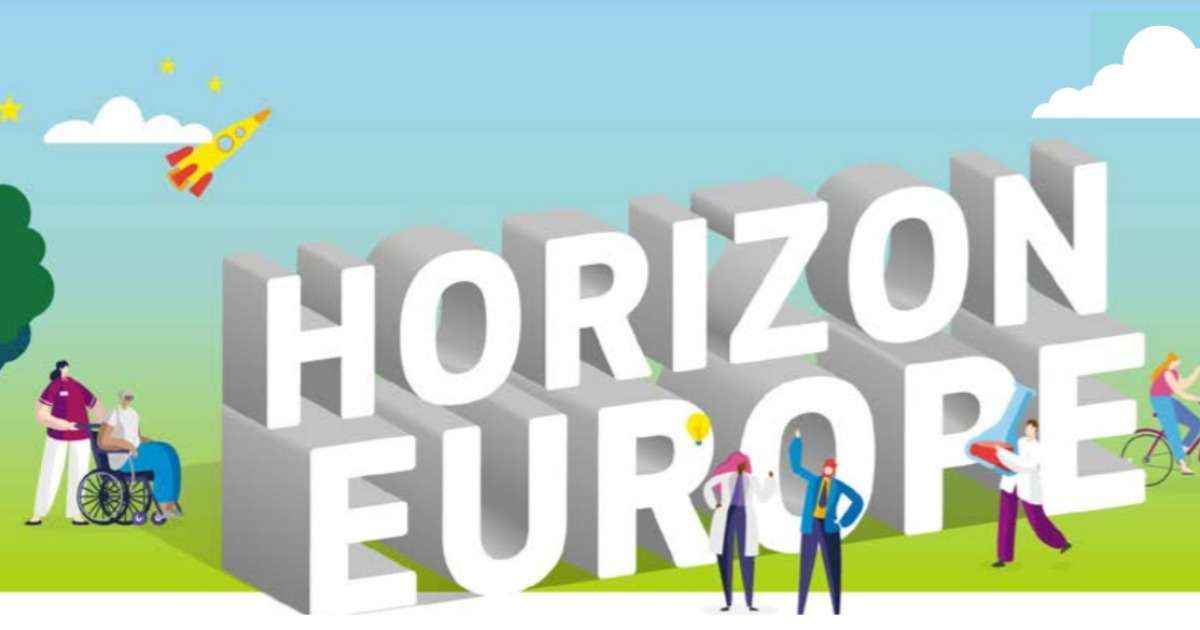
5 Tips for writing better Horizon Europe grant proposals
Noldus has been a partner in many research projects, which means that we have a lot of experience writing grants. Read our tips for writing better grant proposals, based on our own practical experience.
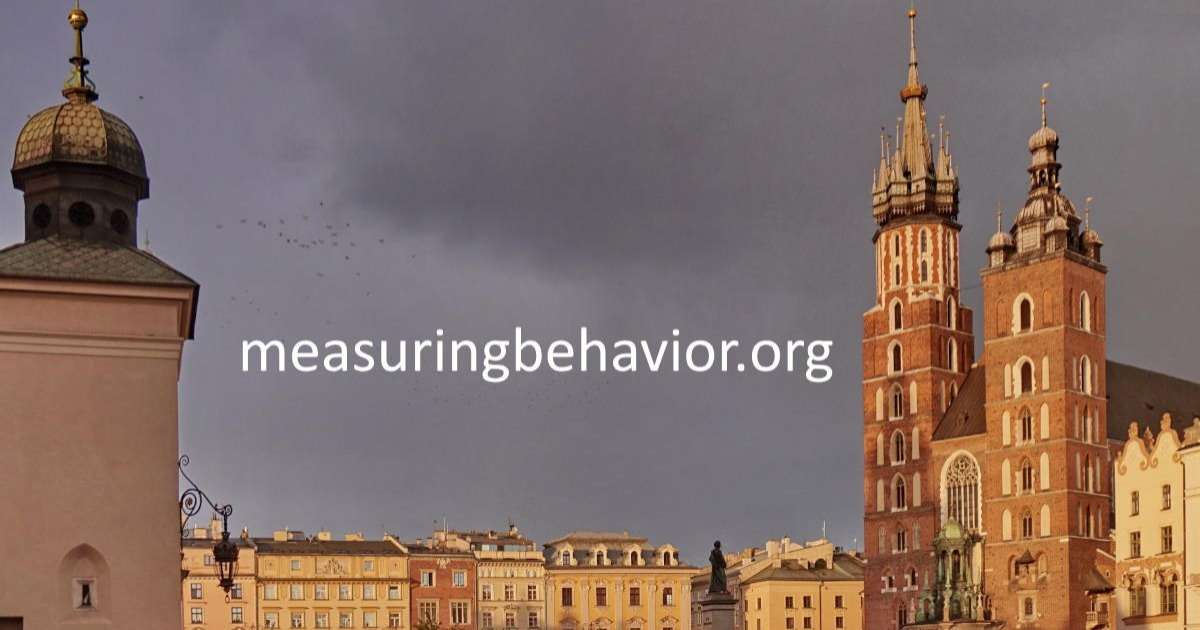
6 reasons to go to the Measuring Behavior conference
Not sure if you want to go to MB2022? Read on...
